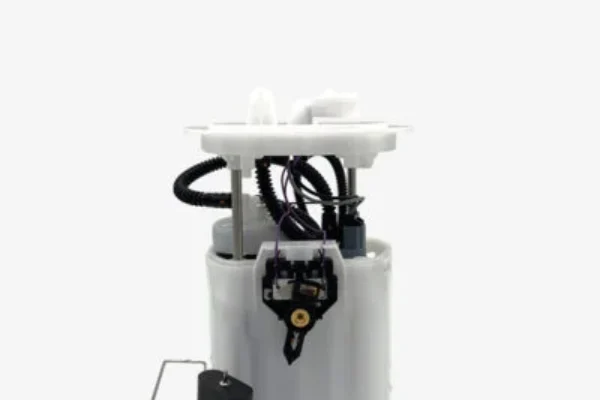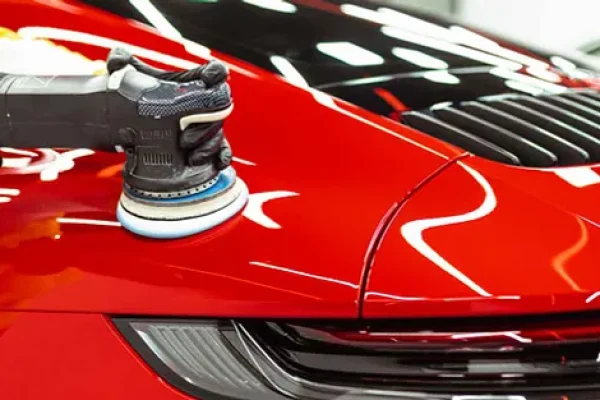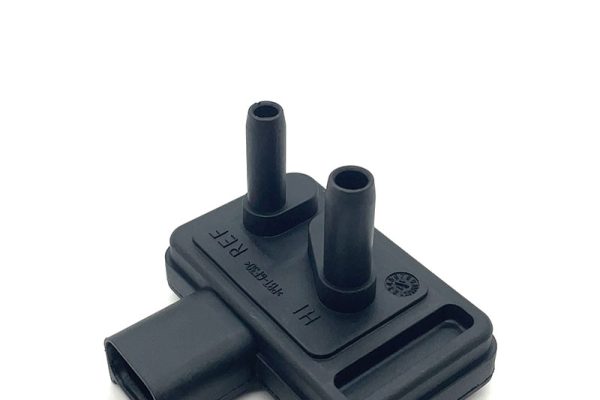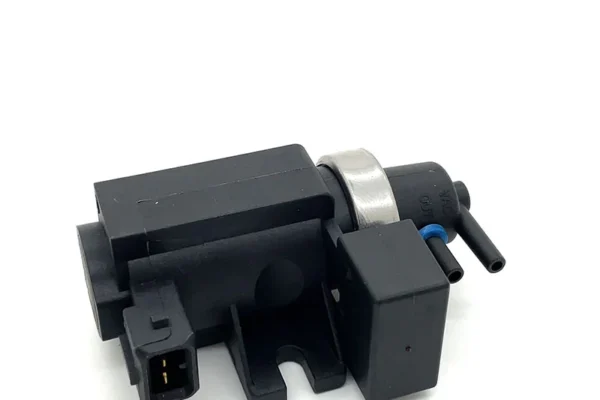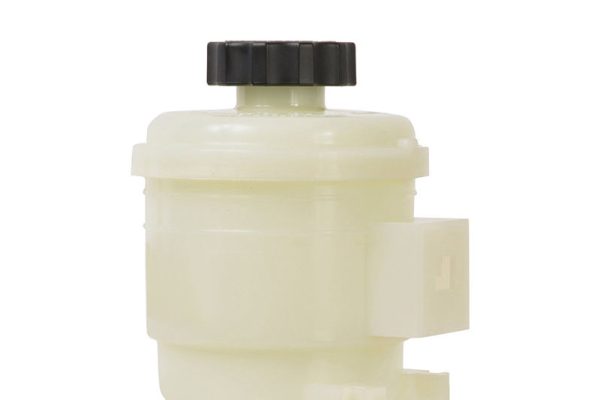Air Pressure measurement and signal conversion
How air pressure measurement works
Air pressure sensors help you check how much force air puts on something. These air pressure sensors can notice even small changes in air pressure. Inside each sensor, there is a sensing element. This part bends or moves when air pushes on it. Sometimes, it changes its electrical features too. There are different pressure sensors for different jobs. Some measure absolute pressure. Others measure gauge or differential pressure.
Air pressure sensors can also measure differential pressure. This means they compare the pressure at two places. For example, you might want to know the air pressure before and after a filter. This helps you see if the filter needs cleaning. You can also use pressure sensors to check absolute or gauge pressure.
Note: Pick the right air pressure sensor for your job. Each type works best in certain situations.
Real-time monitoring
Real-time monitoring lets you watch pressure changes as they happen. Air pressure sensors give you quick feedback. This helps keep your systems safe and working well. For example, you might use pressure sensors in a factory. They can warn you if air pressure drops or rises fast. If you see a problem, you can fix it right away.
Air pressure sensors are used for differential pressure monitoring in many places. For example, you can use them in HVAC systems to check air flow. You can also use them in clean rooms to keep air safe. Real-time monitoring helps you find problems before they get worse.
Tip: Set up alerts in your system. If pressure sensors notice a sudden change, you get a warning. This helps you act fast and stop damage.
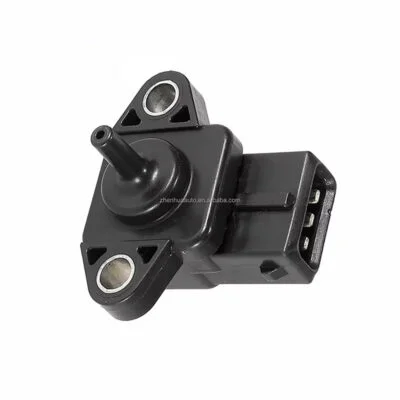
From pressure to electrical signal
Before looking at how sensors turn pressure into signals, it’s helpful to know about some special types of sensors used in engines and industrial systems. For example, an Air Inlet Pressure Sensor is commonly used in engines to measure the pressure of the incoming air, helping the control system adjust fuel injection for better performance and efficiency. Air pressure sensors turn air pressure into something your system can use. They do this by changing the force of air into an electrical signal. The sensing element inside the sensor reacts to air pressure. It makes a small electrical signal. Signal processing makes this signal stronger and easier to read.
Here is how it works:
- Air pushes on the sensing element inside the pressure sensor.
- The sensing element changes shape or its electrical features.
- The sensor makes a small electrical signal.
- Signal processing electronics make the signal stronger and cleaner.
- The sensor sends the signal to your control system or display.
Air pressure sensors are often used to measure differential pressure in factories. For example, you might want to know the pressure difference across a pump or valve. Signal processing helps make sure the readings are correct and steady. This helps you make good choices and keep your equipment safe.
You can also use pressure sensors in smart systems. These sensors can send data to computers or the cloud. You can use this data to watch trends, plan repairs, and make things work better. When you use pressure sensors with signal processing, you get clear and reliable information.
Callout: Always check that your pressure sensors and signal processing electronics fit your system. This helps you get the best results.
Pressure sensors can be used in many ways. You can measure absolute, gauge, or differential pressure. You can use them for real-time monitoring, signal processing, and control systems. When you know how pressure sensors work, you can pick the right one for your needs.
Applications of pressure sensors
Tire pressure monitoring systems
Most new cars have tire pressure monitoring systems. These systems use tire pressure sensors to check air in each tire. When you drive, the sensors watch the tire pressure. They send signals to your dashboard. If the pressure drops, you get a warning light. This helps you avoid tires with low air. Low tire pressure can make your car hard to control. It can even cause accidents.
There are two main types of tire pressure monitoring systems. Direct tire pressure monitoring uses sensors inside each tire. These sensors measure the air pressure and send real-time data. Indirect tire pressure monitoring works with the ABS system. It checks how fast the wheels spin to guess if a tire is low. You get alerts if the system finds a tire with low air.
Tip: Check your tire pressure monitor system before long trips. This keeps your tires safe and your ride smooth.
Direct tire pressure monitoring gives you more exact numbers. You see the pressure for each tire. Indirect tire pressure monitoring might not find slow leaks. So, you should check your tires often. Both systems help you keep the right tire pressure. They help you avoid tires with low air. Apart from general automotive applications, some sensors are designed for specific vehicle brands. For example, an Air Pressure Sensor For Suzuki ensures that the car’s engine receives accurate air intake data, improving fuel efficiency and maintaining stable engine operation.
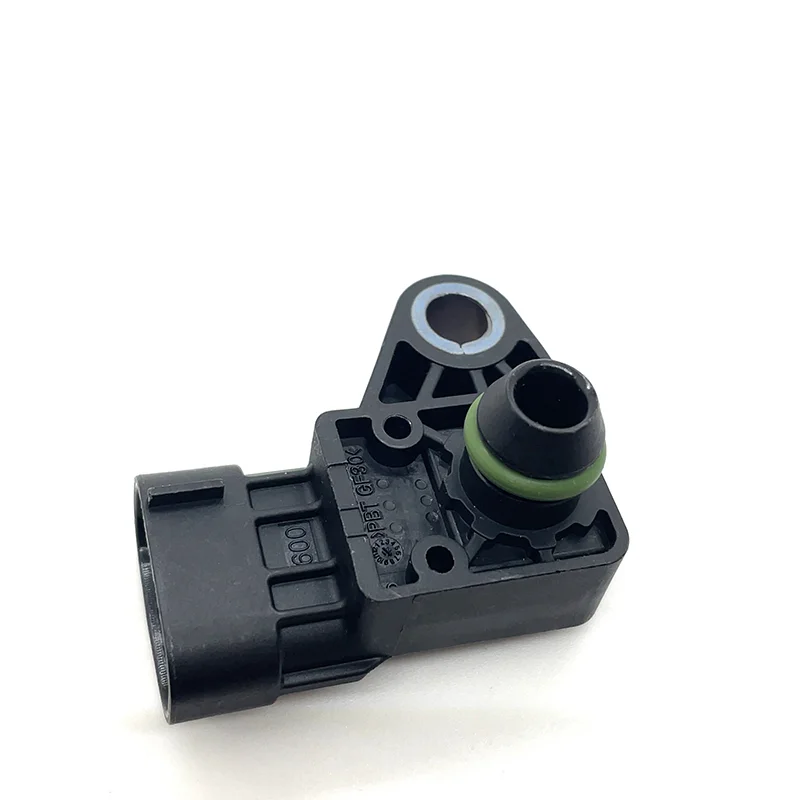
Other uses
Air pressure sensors are used in many places. You use them in HVAC systems to control air flow. Factories use them to watch pressure in machines. These sensors help keep equipment safe and working well.
Doctors use pressure sensors in medical devices. They help check blood pressure and watch breathing. Clean rooms use pressure sensors to keep air safe for products. You count on these sensors for quick feedback and fast action.
Note: Pressure sensors give you data to help you make good choices. You make your business safer and work better.
You read the output from pressure sensors as electrical signals. Control systems use this data to change machines or send alerts. This keeps your work running well and stops big problems.
Conclusion
You use an air pressure sensor to find changes in air force. The sensor has parts that work together. These parts turn pressure into electrical signals. You can find these sensors in cars. They are also used in factories and medical devices. Next time you see a control system, remember pressure sensors are working behind the scenes.



